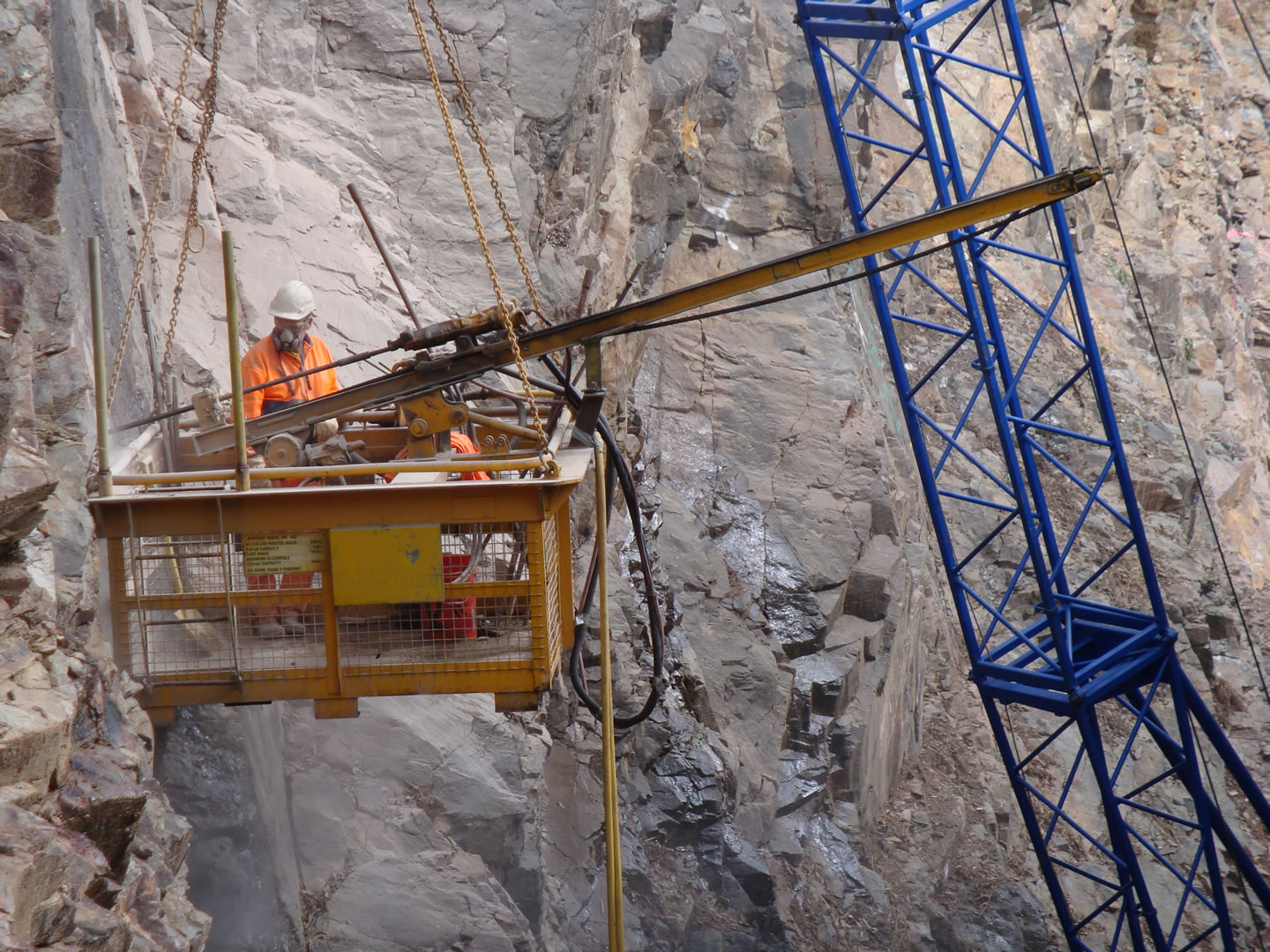Explore the Complete Variety Of Williams Anchors for Superior Ground Stablizing
Explore the Complete Variety Of Williams Anchors for Superior Ground Stablizing
Blog Article
Reliable Rock Anchors for Secure and Steady Foundations
In the realm of civil engineering, the role of reliable rock supports can not be overemphasized, as they are pivotal in establishing protected and stable structures across a selection of applications. Recognizing the different types of rock supports, their particular applications, and the details of installation and maintenance is necessary for optimizing their performance.
Types of Rock Anchors

Passive anchors depend on the weight of the framework and the bordering dirt or rock to give resistance. Energetic supports, on the various other hand, involve the application of tension through a high-strength cable or rod, creating a pre-stressed condition in the anchor - Williams Anchors.
Grouted anchors are another significant category, wherein a steel bar or cable television is inserted into a drilled hole, followed by a cementitious grout. When treated, the grout bonds with the surrounding rock, creating a robust anchoring system. Each type of rock anchor provides distinct advantages based upon the details geological problems and architectural needs, therefore playing a crucial role in the total honesty and longevity of constructed facilities.
Applications in Construction
Rock supports play a crucial duty in numerous construction applications, providing crucial support and stability in varied environments. These cutting-edge options are utilized in tasks ranging from massive framework developments to smaller property structures. One of the key applications of rock supports remains in the stablizing of slopes and keeping walls, where they assist protect against dirt erosion and preserve architectural integrity.
Additionally, rock supports are critical in safeguarding structures for bridges, tunnels, and skyscraper buildings, ensuring they can hold up against lateral pressures such as wind and seismic task. Their adaptability enables setup in tough geological conditions, making them suitable for tasks in mountainous or rough surfaces.

Trick Selection Requirements
Picking the appropriate rock support for a details application resource needs mindful consideration of a number of crucial criteria. The geological conditions of the site need to be extensively assessed. Comprehending rock kind, strength, and stability is vital to make certain that the anchor will carry out successfully under lots problems.

Another crucial variable is the corrosion resistance of the anchor materials. In settings revealed to moisture or chemicals, using corrosion-resistant materials will certainly lengthen the life-span of the anchors and maintain structural integrity in time.
Furthermore, the support's installment approach should align with the project's requirements and restrictions. Relieve of setup, in addition to the prospective effect on bordering frameworks, have to be taken into consideration.
Installment Strategies
Reliable installment strategies are crucial for the effective efficiency of rock supports. Correct setup makes sure that the supports accomplish the preferred load-bearing capability and stability within the geological conditions. The initial step in the setup procedure includes site assessment, where geological studies determine the rock kind, condition, and any possible obstacles.
When the site is reviewed, the appropriate exploration approach should be chosen-- options consist of rotating boring, diamond boring, or percussion exploration. The choice depends on rock solidity and ecological considerations. Exact boring deepness and angle are vital to make certain that the anchors straighten with structural demands and load circulation.
After boring, the next stage involves cleansing the borehole to eliminate debris, which can endanger bond read more stamina. Following this, the support is placed, and if required, a cement or resin is infused to enhance bond. The curing time of these products must be followed, guaranteeing that the supports accomplish complete strength prior to any lots is applied.
Upkeep and Inspection
Appropriate upkeep and assessment of rock supports are vital to guarantee their long-lasting efficiency and reliability (Williams Anchors). Routine analyses help recognize any prospective concerns, such as corrosion, displacement, or architectural fatigue that might endanger the integrity of the anchoring system
Routine examinations should be carried out at defined intervals, taking into consideration ecological variables and the specific application of the rock anchors. Aesthetic examinations should focus on the subjected areas of the supports, looking for indications of corrosion, splits, or various other abnormalities. Additionally, it is important to examine the bordering geological conditions to spot any type of shifts in dirt or rock that might influence support efficiency.
In some instances, more advanced techniques such as load testing or non-destructive testing may be required to establish the supports' load-bearing ability and total wellness. Correct documents of examination searchings for, upkeep tasks, and any kind of fixings or substitutes executed is essential for recurring analysis and conformity with sector requirements.
Verdict
To conclude, trusted rock supports play a crucial role in ensuring safe and secure and secure structures across various building and construction applications. By properly moving loads and enhancing security against lateral pressures, these supports contribute significantly to the long life and stability of structures such as bridges, passages, and maintaining walls. Strategic selection, installment, and upkeep of rock anchors are crucial for maximizing performance and safeguarding public safety and security, eventually underscoring their relevance in go to my blog contemporary design methods.
Report this page